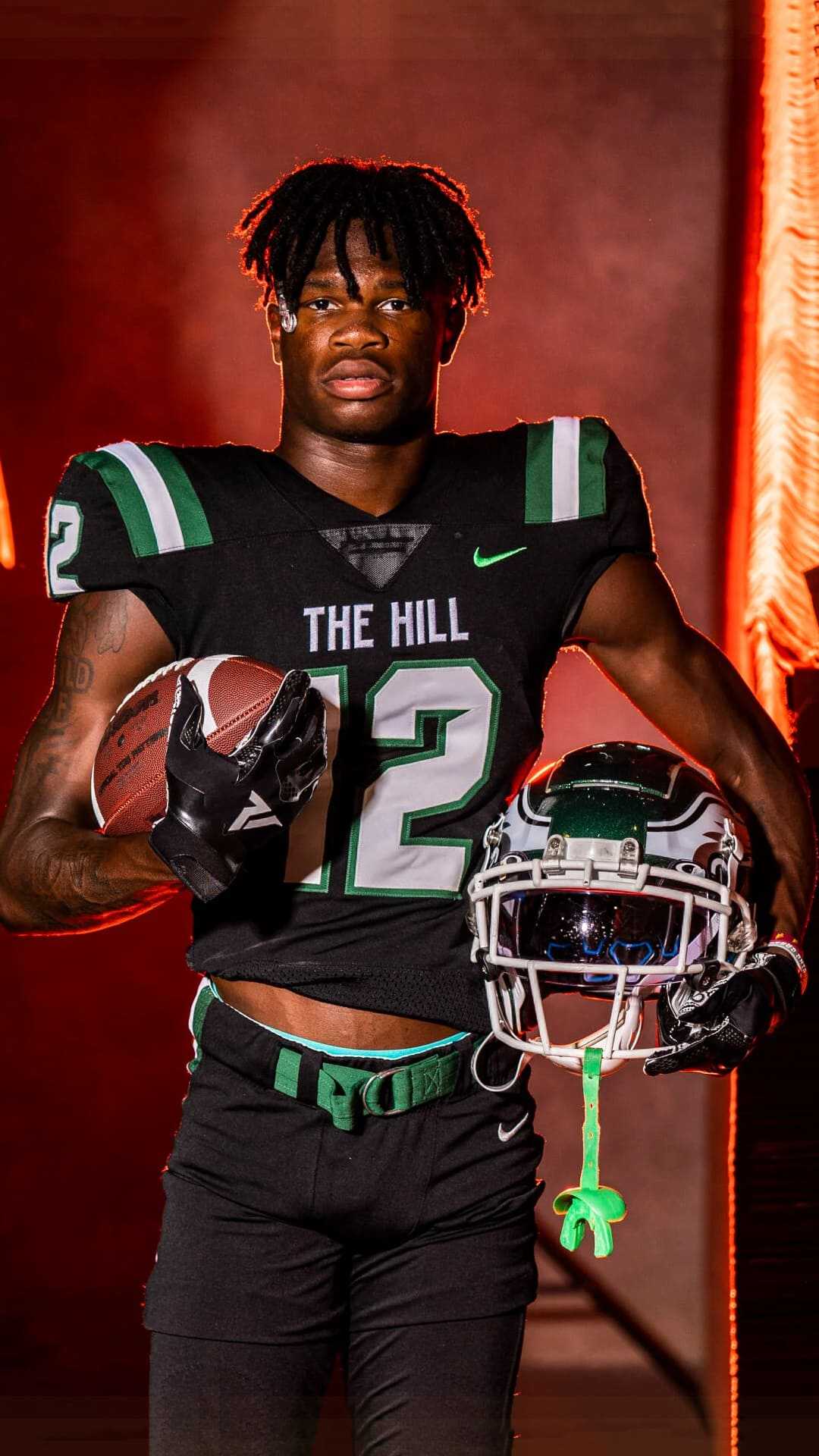Travis Hunter, the Heisman Trophy winner and a two-way star from Colorado, has made waves in the football world with his bold decision to insist on playing both offense and defense in the NFL. His unique skill set and versatility have drawn attention from teams across the league, sparking discussions about how this dual role might redefine his career trajectory. As he prepares for the next chapter of his professional journey, Hunter's determination to showcase his talents on both sides of the ball could set a new precedent in modern football.
Hunter's decision not to participate in the NFL Combine workouts has further fueled speculation about his future in the league. Instead, he plans to demonstrate his abilities during Colorado's Pro Day, where scouts will get an exclusive look at his skills. With a potential contract worth upwards of $43 million if selected within the first five picks of the draft, Hunter's commitment to proving his dual capabilities is more than just a personal challenge—it’s a strategic move that could revolutionize how players are evaluated and utilized in the NFL.
The Unique Path of Travis Hunter: A Player Like No Other
As one of the most talked-about prospects in recent years, Travis Hunter has consistently emphasized his desire to play both wide receiver and cornerback in the NFL. This insistence stems from his successful college career at Colorado, where he excelled in both roles. Known for his speed, agility, and competitive nature, Hunter believes that his ability to dominate on both sides of the ball sets him apart from other players entering the league.
Despite skepticism from some NFL teams, Hunter remains confident in his approach. He argues that his experience playing both positions throughout his life gives him a distinct advantage over traditional one-position players. By continuing to pursue this unconventional path, Hunter aims to prove that versatility can be a valuable asset in today's fast-paced game.
This bold stance has sparked debates among analysts and coaches alike. While some question whether it is practical for a player to handle such diverse responsibilities at the professional level, others see the potential benefits of having a versatile athlete who can adapt to various situations on the field. As the draft approaches, all eyes will be on Hunter as he seeks to validate his vision for his career.
Financial Stakes and Strategic Decisions
If Travis Hunter is selected early in the NFL Draft, he stands to secure a lucrative four-year contract worth between $36 million and $43 million. However, his insistence on playing both ways raises questions about how teams might evaluate his value compared to more conventional prospects. For many franchises, investing heavily in a player whose exact role remains uncertain could pose significant risks.
Nonetheless, Hunter's confidence in his abilities suggests that he is prepared to negotiate terms that align with his aspirations. He has stated that he would rather walk away from football altogether than compromise on his vision of contributing equally on offense and defense. Such resolve underscores his dedication to carving out a niche as a trailblazer in the sport.
For teams considering drafting Hunter, weighing these factors becomes crucial. They must assess whether his dual-threat potential outweighs any perceived drawbacks associated with integrating him into their existing systems. Ultimately, the decision could influence how future athletes approach specialization versus versatility in their careers.
Challenges Ahead: Balancing Expectations and Reality
While Travis Hunter's ambition to excel in multiple roles is admirable, there are undeniable challenges ahead. NFL teams are traditionally structured around specialized positions, making it difficult for players to transition seamlessly between offense and defense during games. Additionally, the physical demands of playing both sides of the ball could increase injury risks, potentially shortening his career.
Yet, Hunter's track record provides reason for optimism. Under the guidance of legendary coach Deion Sanders, he achieved remarkable success as a two-way player in college. His performances demonstrated not only technical proficiency but also mental toughness and adaptability—qualities highly sought after by professional organizations.
Looking forward, Hunter's situation presents an intriguing case study for the evolution of player roles in football. If he succeeds in establishing himself as a dual-threat star, it may inspire others to explore similar paths. Conversely, setbacks along the way could reinforce current trends favoring specialization. Regardless of the outcome, Hunter's journey promises to leave a lasting impact on the sport.

